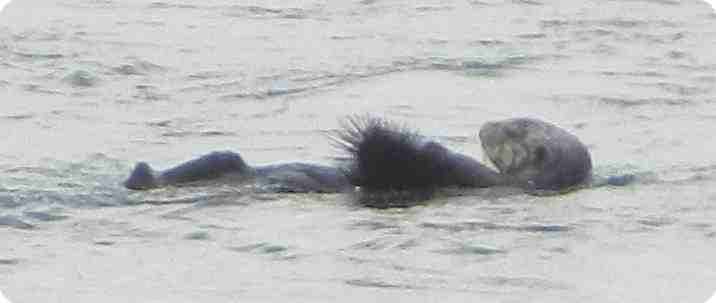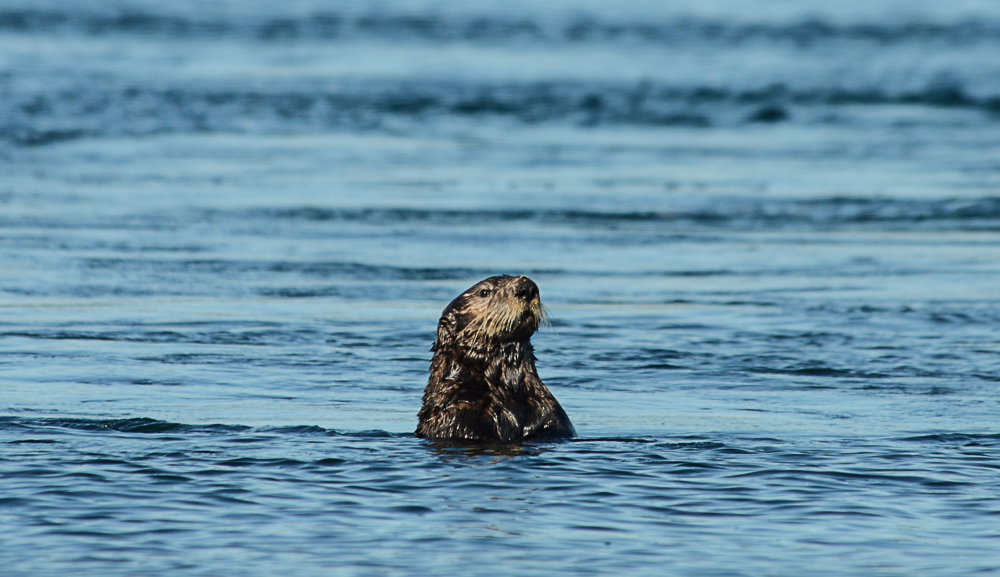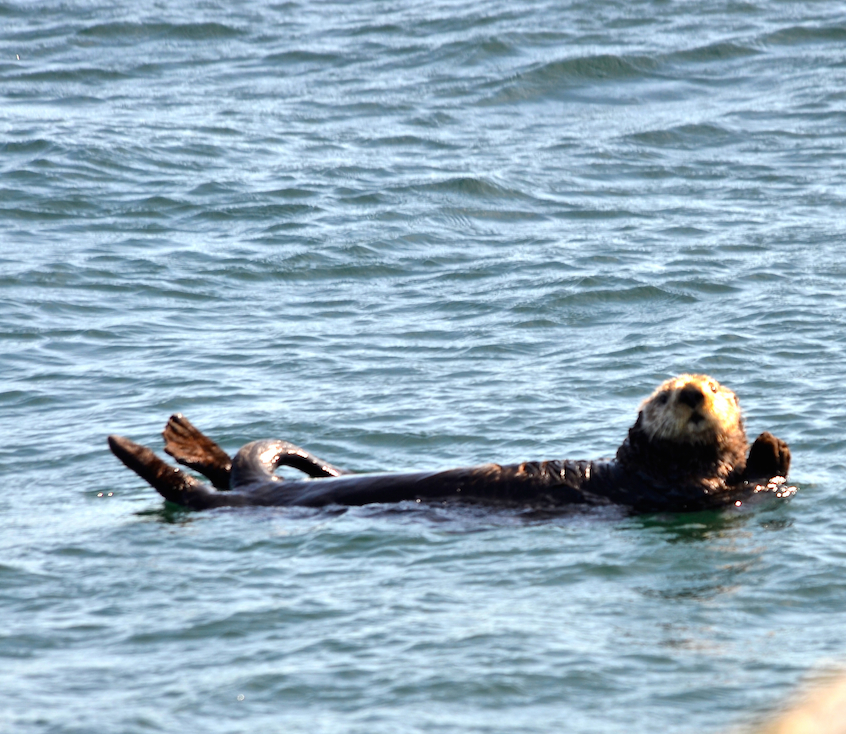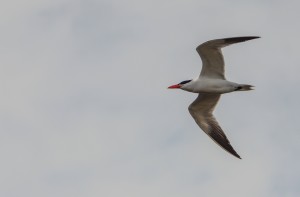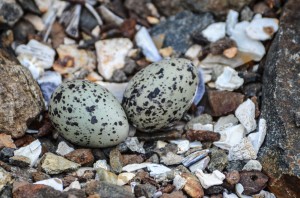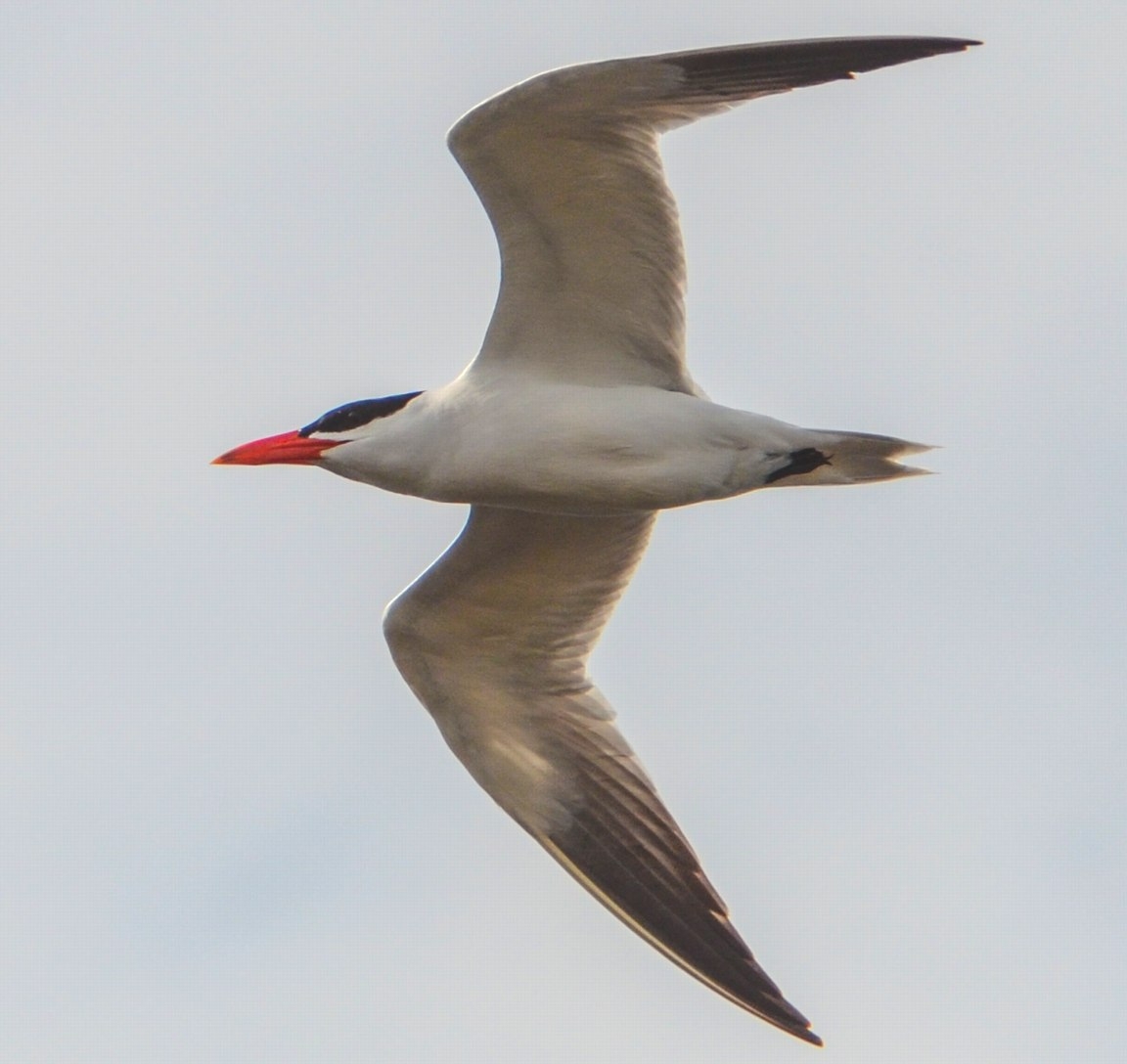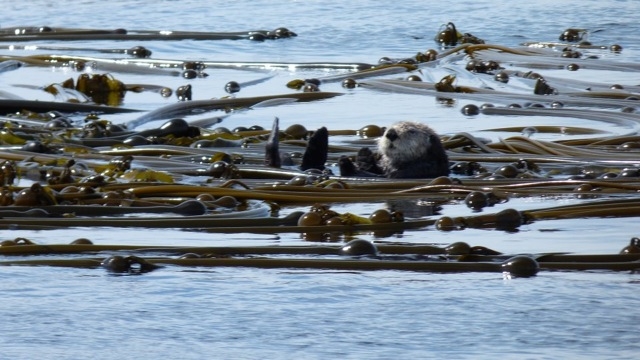
Adam Bird, aboard a whale watching charter took this photo of a sea otter on June 10, 2012 at Race Rocks .
This is the first image taken of this species at Race Rocks .
This sea otter was observed over several days in the kelp bed off the Middle Rocks in Race Rocks Ecological Reserve. Sea otters were introduced to the Bunsby Islands, Checlesset Bay north of Kyuquot village on the West Coast of Vancouver Island in 1969, 1970 and 1972. Considerable research on them has been done over the years especially by Dr. Jane Watson, and it is archived on the Friends of Ecological Reserves website in the Checlesset Bay Ecological Reserve #109 archives:
Since then Ecoguardians have taken pictures of sea otters out in the lkelp and along the shore of Great Race Rocks almost every year, here are a few samples:
This tag will bring up other examples of observations of this species at Race Rocks
I also observed a sea otter and was able to get some pictures in 2014
Domain Eukarya
Kingdom Animalia
Phylum Chordata
Subphylum Vertebrata
Class Mammalia
Order Carnivora
Family Mustelidae
Subfamily Lutrinae
Genus Enhydra
Species lutris ( Linnaeus,(1758)
Common Name: Sea Otter
Other Members of the Class Mammalia at Race Rock
 The Race Rocks taxonomy is a collaborative venture originally started with the Biology and Environmental Systems students of Lester Pearson College UWC. It now also has contributions added by Faculty, Staff, Volunteers and Observers on the remote control webcams. Garry Fletcher, 2012 The Race Rocks taxonomy is a collaborative venture originally started with the Biology and Environmental Systems students of Lester Pearson College UWC. It now also has contributions added by Faculty, Staff, Volunteers and Observers on the remote control webcams. Garry Fletcher, 2012 |
